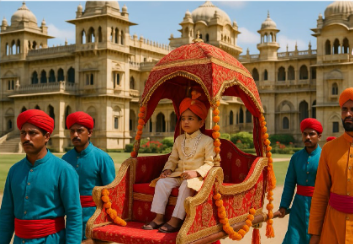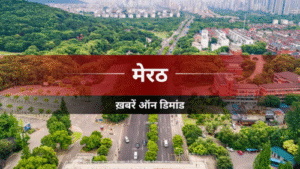Mayo College, one of India’s oldest and most prestigious boys’ boarding schools, continues to capture attention for its historical traditions and steep cost of education, which caters to the nation’s elite.
Founded in 1875 in Ajmer, Rajasthan (not Alwar, as sometimes reported), the institution was established by the British Viceroy, the 6th Earl of Mayo, with the explicit aim of creating an “Eton of India” for the sons of Indian princes and nobles.
The legend of the first student’s arrival perfectly illustrates the school’s royal origins. The very first boy to enroll, H.H. Maharaja Mangal Singh of Alwar, arrived in October 1875 not in a simple carriage, but on the back of a caparisoned elephant, accompanied by a massive procession. Historical records detail his entourage included an impressive retinues of up to 300 to 500 retainers or servants, along with horses and other animals. This grand entrance set a precedent for the exclusivity and pomp that defined the school in its early years.
While the school’s intake today is not limited to royalty, it remains highly exclusive, attracting wealthy families from across India and abroad. The cost of education reflects this status.
- The reported yearly fee of 210 lakh (which is 21,000,000 Indian Rupees) is significantly higher than the school’s officially published annual fee for Indian residents, which is approximately ₹10,53,000 (roughly $12,650) for the school fee component (as of 2025).
- However, the school’s total cost, including various one-time admission fees, caution money, and additional expenses for things like uniforms and imprest money, can push the initial outlay much higher. The total annual cost for Non-Resident Indians (NRIs) has also been reported to be substantially higher than for residents, often nearing double the rate.
Mayo College continues its nearly 150-year legacy as a premier institution, known for its rich heritage, sprawling campus, and a long tradition of educating future leaders and influential figures.







